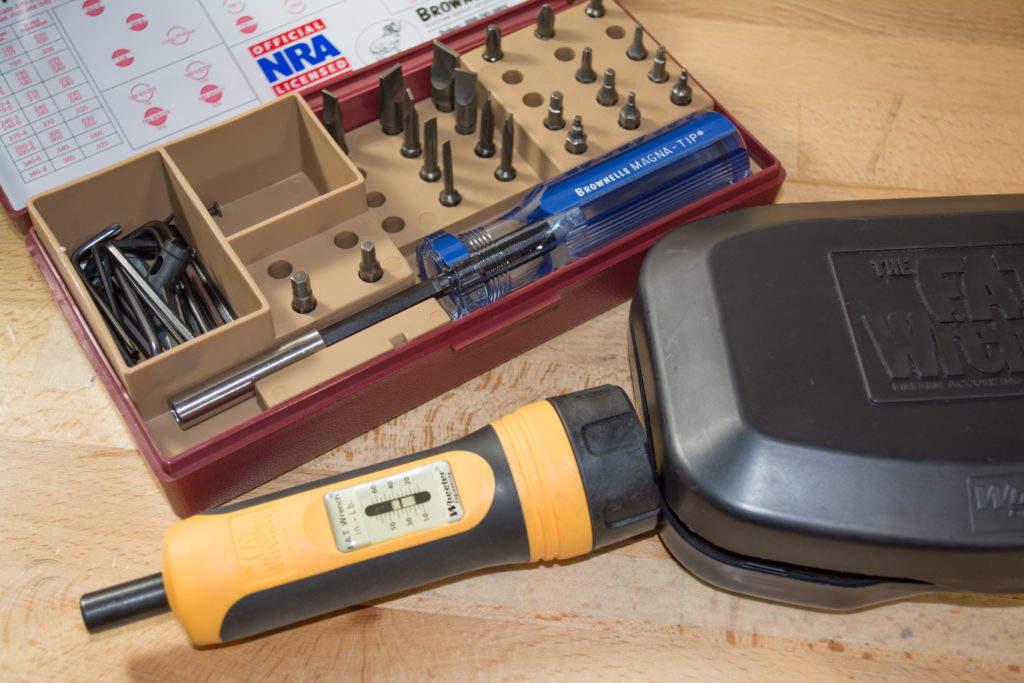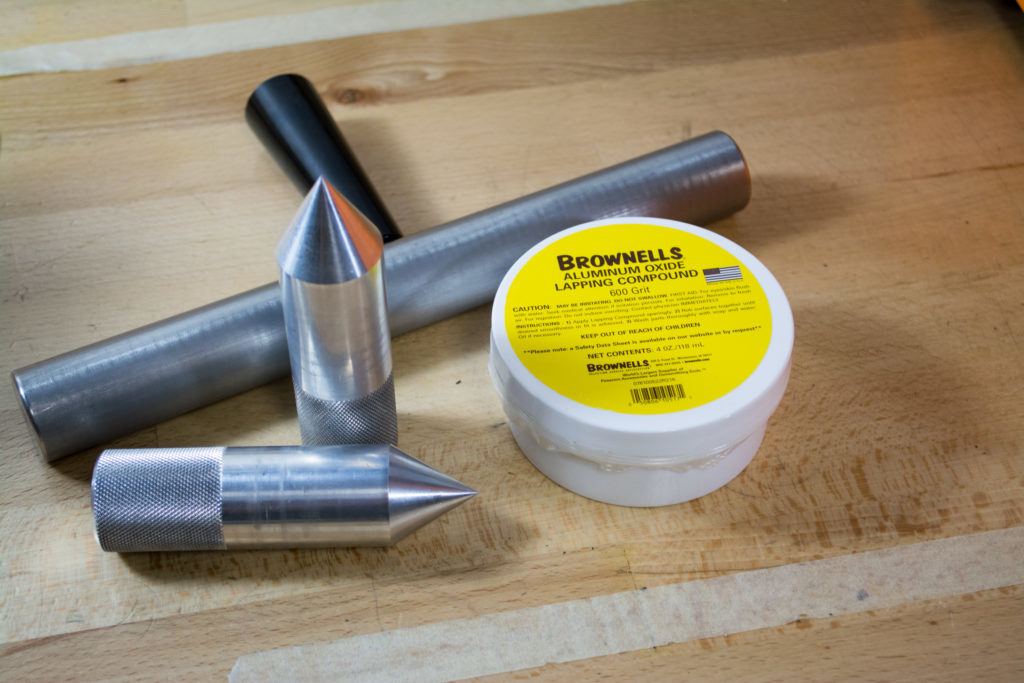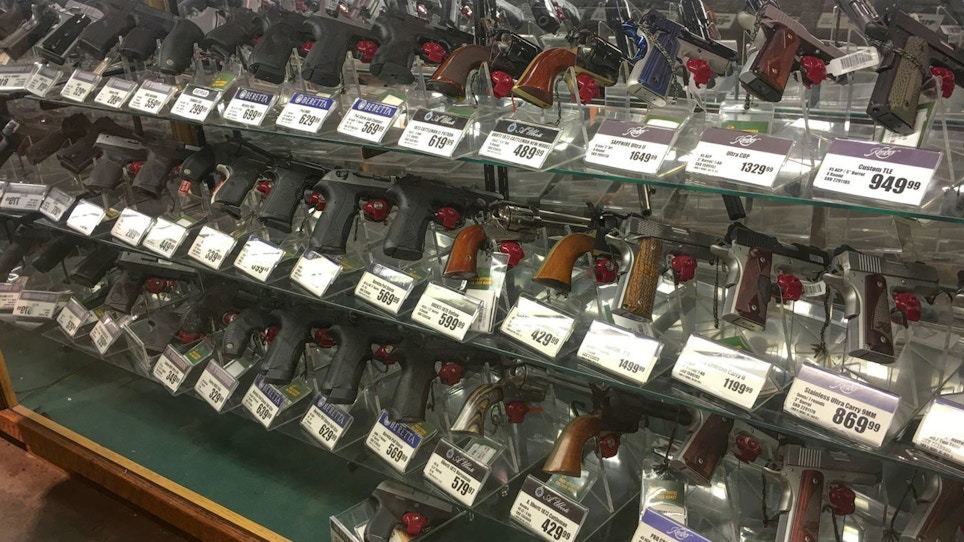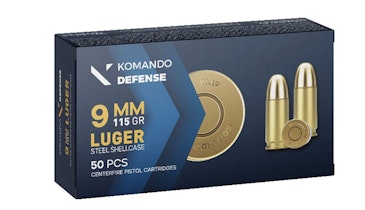I read a story in a recent newsletter editorial that summed up one of the problems of trying to compete with big-box and online retailers. The editor observed the following customer interaction:
“Last weekend, I watched a shopper question a knowledgeable salesperson about compound bows. The salesperson was both courteous and knowledgeable, answering the shopper’s questions while showing the different bow sight options on demo mounts. After several minutes of questions, the shopper and the salesperson decided a particular three-pin sight would be the best choice for this customer. Instead of asking the price, the customer whipped out his smartphone, took a picture of a packaged sight, thanked the salesman and left. I was flabbergasted. The salesman shrugged and explained, ‘Happens pretty often. We have the knowledge, but not the online price.’”
After the fact, the editor did a quick online search and discovered that our price-conscious customer was probably going to save a whopping three dollars by purchasing online.
I know this type of thing happens. In fact, to be perfectly honest, I “might” have done similar things, although maybe not quite as blatantly. Does it happen every time? No. Does it drive you nuts when your salespeople provide a free education to a customer who leaves only to buy from someone else for a couple of bucks less? No need to answer that one, right?
To deal with competitive challenges like this, low price pressure, seemingly bottomless on-hand inventory and other big-box and online retailer competitive advantages, you can continue to accept that a “better service” strategy will capture some percentage of customers while losing the occasional price shopper. That’s OK and a perfectly valid approach. However, you can also find ways to differentiate yourself by doing things that the big boxes can’t or won’t do.
Interestingly, male models and “mental giants” Derek Zoolander and Hansel (from the movie 2011 “Zoolander”) arrived at the perfect strategy. While trying to sneak into the bad guys’ headquarters, Derek made the following observation: “They’ll be looking for us at Maury’s right? But they won’t be looking for ... not us.”
And there you have it. You don’t want to try to be like big boxes and online sellers to comwpete. You want to find ways to be… “not them.” In fact, that’s what good marketing is all about — listening to customers and finding creative ways to uniquely solve their problems. The more unique, “not them” you can be, the more you’ll sell.
Here are two strategies that might just help you set yourself apart from the big chains and online sellers by being “not them.”
Counter Tech Services
Here in Tactical Retailer and our sister publication, Shooting Sports Retailer, we do regular columns that explore programs retailers can implement to offer basic “not quite gunsmithing” services to customers to generate additional revenue, solve customer challenges and, as a result, increase loyalty. Not every store has a gunsmith on site, and that’s the point. There is a myriad of services you can perform with a bit of knowledge, practice and a small investment in the right tools.

A proper set of gunsmith screwdrivers and a torque driver will handle many simple installation jobs.
For all of us full-time gun folks, things like properly mounting a scope, changing handgun sights, swapping grips, adjusting sights, lapping scope rings and so on are no big deal. To a customer who only needs to do these things once or on very rare occasion, it’s a pain and not worth the investment in time, learning and tools.
For example, if you sell rifle scopes, you can easily offer free installation and bore sighting on the customer’s rifle. In all my gun store visits, I’ve never had anyone make that offer. Installing a scope is not hard, but to do it right, you’ll want to invest in a few basic tools. A good torque tool is a must as it allows you to set the right tension for both rings and bases. A scope level is a big help, too. You can eyeball the reticle for level, but you’ll get it perfect, and your customer will be impressed if you use precision tools for the job. A collimator will help you boresight the scope right in the store. Those are tools that hardly any customers will have back at home.
During the sales process, make sure they know how important it is to install a scope properly, so they begin to appreciate the value of the service you’re offering. If you want to take things to the next level, you can even include scope ring lapping as a free or added cost service if they buy the optic from you. To do that, you’ll need to spend somewhere less than $200 on all the tools. That may sound like a lot, but you should weigh the investment against the number of scopes you sell, or could sell, over a year or two by promoting that type of benefit.

Scope ring lapping is another service idea. The tools aren’t expensive, but hardly any individuals own them.
I’ve used scope installation as an example here, but there are plenty of things you can do depending on what types of products you sell. If you’re an NFA retailer, offer to install muzzle brake and flash hider silencer mounts the right way. Sometimes it takes a heat gun to get the original off without tearing up the rifle and knowing the right type of thread locker to use is important. You might consider making handgun sight upgrades a specialty. With a sight pusher, the right vise and proper punches, you can change just about any handgun sight in a couple of minutes. Laser installation is another easy one. Most are factory sighted out of the box, but you can offer to adjust for your customers and get their point of aim and impact perfect according to their personal preferences.
Going back to our opening example, I wonder if that salesman had the opportunity to say something like, “I know you can buy these online for a couple of dollars less, but we’ll install those sights on your compound bow for free if you buy them here,” and if that would have made a difference?
Depending on the product and installation complexity, you can offer these services for free or a nominal charge. If you do need to charge, I would encourage you to look at the big picture before determining a price. You may want to lowball that service price and consider the difference a marketing expense. For example, by offering the service, you just encouraged a customer to buy from you instead of someone else, so you “earned” that sales margin as a result. It’s something to think about if you think a high service price might discourage buyers.
Transfers
I know, transfers are a big headache, and no one gets rich doing them. If you do transfers, you’re just making it easier for customers to buy from your online and big-box competitors only to pick up their brand-new gun from you, right? But consider that the whole winning strategy of competing against big-box and online competitors is analogous to figuring out how to make lemonade out of lemons, and a different outlook becomes apparent.
What if you took a radical approach to the transfer dilemma? Consider it this way. Every retail company on the planet goes to a whole lot of never-ending time, trouble and expense to get customers into their store in hopes that they will make a purchase. Brick and mortar retailers advertise, promote word of mouth and get people in silly costumes to stand out front to encourage people to stop in. That’s the normal business of marketing and promotion, right? No one blinks an eye at spending big money for important work like that because everyone needs more sales and advertising is the apparent way to get there.
With that thought in mind, think of transfers as an advertising model where customers pay you to come in your store. That’s right. You didn’t write a check to the local paper or radio station to broadcast your store name in hopes people might drop in. Someone walked in your door, whipped out their wallet and gave you money for the privilege of setting foot in your business. Even if your transfer fee doesn’t cover your burdened cost of handling the transaction, you have a new prospective customer in your store. It’s now up to you to capitalize on that, just as you would if that person walked in because of an expensive print, radio or television advertising campaign.

If a transfer customer came in to pick up this Kimber, it couldn’t hurt to show them whatever ammo you have on sale or maybe the new Crimson Trace Master Series Lasergrips.
When you look at the transfer business that way, it makes sense to do more, at least in the opinion of this career marketing guy. Here’s a sad personal anecdote. As a gun writer, I’ve done hundreds and hundreds of transfers of guns for review and various editorial projects. As a result, I’ve gone into dozens of retail gun establishments in different cities to pick up all these guns for over a decade. Do you know what? Not once in the history of ever has a gun store retailer ever offered to show me a related product. Not one time. Ever. That’s shocking.
Think about that. The retailer knows exactly what gun just came in including make, model and caliber because they just filled out the transfer log. Wouldn’t it be a no-brainer for the person handing me that gun across the counter to say, “Hey, do you need any ammo for this new 6.5 Creedmoor rifle? We just got some American Eagle 140-grain Match in stock, let me show you.” Or maybe, “I’m not sure if you reload, but we have Hornady’s new 140-grain Match ELD bullets and IMR 4350 powder in stock. They make great loads for that sweet rifle you just picked up, especially if you use these CCI Benchrest primers over here.”
Offering related products is only the first step. Again, under the logic that a customer just paid you to come into your store, how about offering them a deal? Make it a standing policy that transfer customers get 10 percent off of any other accessory products they buy on their pickup visit. Did they just pick up a pistol? Great, give them a discount on grips, lasers, holsters and ammunition. A rifle? How about an optics and rings discount? Better yet, pitch the installation service we just discussed. The sky is the limit for finding ways to encourage that transfer customer to buy something else. Remember, you have no advertising cost whatsoever invested in that customer visit, so get creative — you can afford to. Actually, you can’t afford not to. Online gun purchases and the related transfers are not going to go away. In fact, that business will continue to grow. You can bet that someone else is going to capitalize on the transfer business, so why not you? Unless our Congress critters do away with the FFL system, those guns are going to land somewhere, so you might as well figure out how to make money on the deal.
Win by being yourself and “not them.”
When your big-box or online competitor buys more in a week than you do in a decade, you’ll never be able to compete on price. Besides, not only is their inventory cheaper, their cost per square foot of running their facility is less too. It’s up to you to change the rules and find ways to do things they can’t. We’ve only drilled down into two big topics here, but there are dozens more. Think about physical differences between you and your big-box stores and you’ll start to come up with all sorts of ideas.
Featured image: When your competitors buy and sell in thousands, you’ve got to figure out unique angles of product and service that they can’t or won’t offer.






